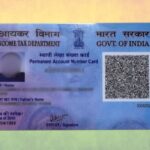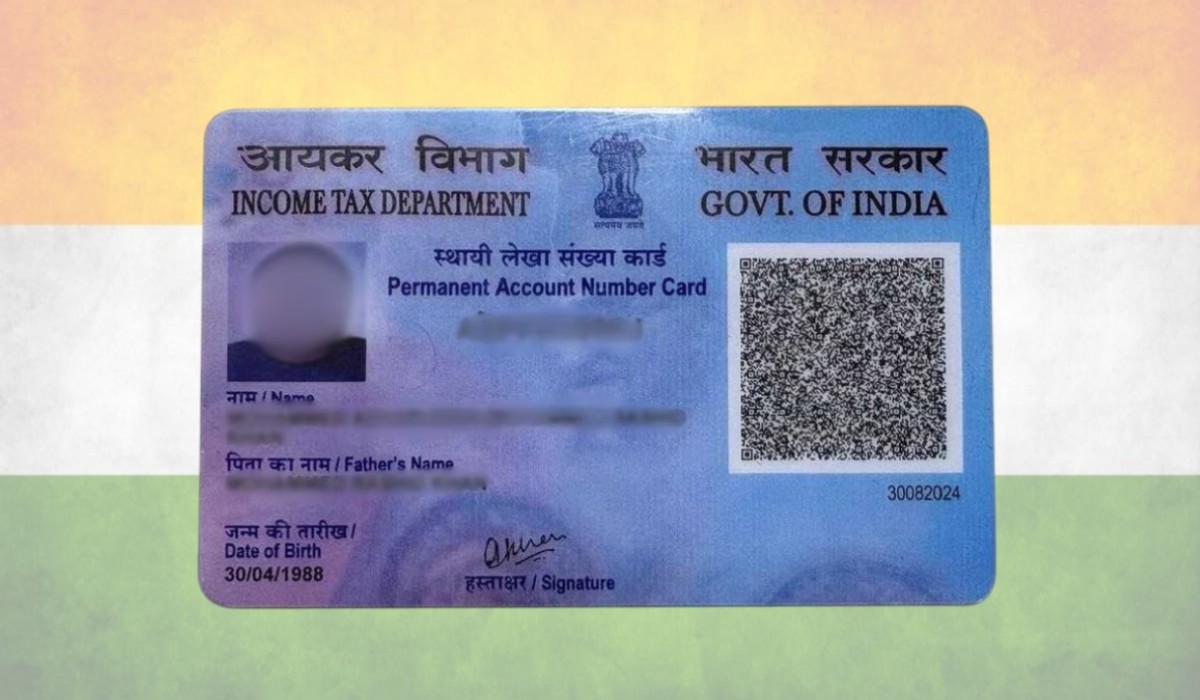On June 25, 1975, India witnessed the imposition of a state of emergency by then Prime Minister Indira Gandhi, marking the beginning of one of the darkest chapters in the country’s democratic history. This period, commonly referred to as “The Emergency,” lasted until March 21, 1977, and is remembered for the severe restrictions it placed on civil liberties and political freedoms.
The Prelude to Emergency
The political climate in India during the early 1970s was turbulent. Economic challenges, social unrest, and rising political opposition to Indira Gandhi’s government created an atmosphere of instability. On June 12, 1975, the Allahabad High Court found Indira Gandhi guilty of electoral malpractices and invalidated her 1971 election to the Lok Sabha. Faced with mounting pressure to resign, Gandhi responded by advising the then President Fakhruddin Ali Ahmed to declare a state of emergency under Article 352 of the Constitution, citing internal disturbances.
The Dark Period
The Emergency period was characterized by widespread abuse of power. Civil liberties were suspended, and a strict censorship regime was enforced. Prominent opposition leaders, activists, and journalists were arrested and detained without trial. Political dissent was ruthlessly suppressed, and press freedom was curtailed as media outlets faced stringent censorship.
The government also undertook controversial and coercive measures such as forced sterilizations as part of a population control program. Slum clearance drives in major cities led to the displacement of thousands of poor families. These actions were justified by the government as necessary for maintaining law and order and promoting economic development, but they were widely seen as authoritarian and undemocratic.
Violations of the Constitution
The imposition of Emergency was a blatant violation of democratic principles enshrined in the Indian Constitution. Fundamental rights guaranteed under Articles 14, 19, 21, and 22 were suspended. The judiciary was also not immune to the coercive tactics of the government. The infamous ADM Jabalpur case (also known as the Habeas Corpus case) saw the Supreme Court of India upholding the government’s right to detain individuals without granting them access to legal recourse, a decision that was widely criticized for undermining the rule of law.
The End of Emergency
The Emergency was lifted on March 21, 1977, and elections were announced. The Indian electorate responded decisively, voting Indira Gandhi and her party out of power. The Janata Party, a coalition of opposition parties, won a historic victory and formed the government. This period marked a reaffirmation of India’s commitment to democratic values and constitutional governance.
Reflecting on the 50th Anniversary
As India marks 50 years since the imposition of the Emergency, it is crucial to reflect on the lessons learned from this dark chapter. The Emergency stands as a stark reminder of the fragility of democratic institutions and the need for constant vigilance to protect civil liberties. It underscores the importance of a free press, an independent judiciary, and a vibrant opposition in maintaining the health of a democracy.
While the Emergency period exposed the vulnerabilities in India’s democratic framework, it also demonstrated the resilience of its people and institutions. The peaceful and democratic transfer of power following the 1977 elections reaffirmed the strength of India’s democratic ethos.
Conclusion
The events of June 25, 1975, serve as a somber reminder of a time when democracy was undermined in India. As the nation commemorates this anniversary, it is imperative to honor the sacrifices of those who stood against authoritarianism and to renew our commitment to upholding the values of democracy, freedom, and justice.











